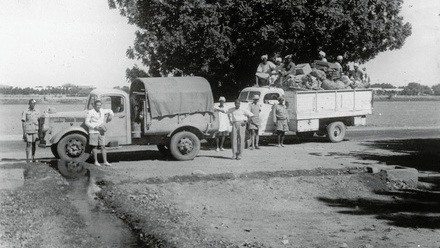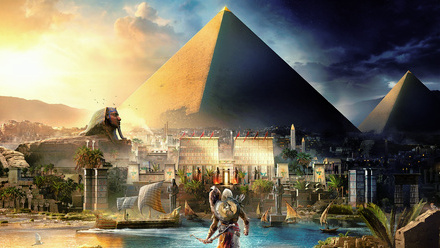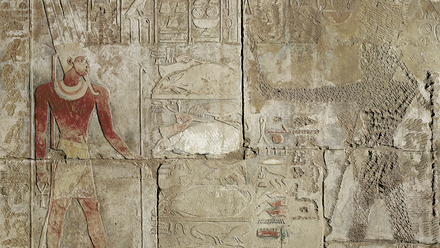Current British Archaeology in Egypt 2017
This year’s Current British Archaeology in Egypt conference celebrated the achievements in fieldwork supported by the Egypt Exploration Society during 2015-16. Four projects were showcased in hour-long lectures, while a further eight were presented in posters around the venue.
The financial contributions made by members and donors allowed the Society to support these projects via funding or in administrative functions from our Cairo Office, and so we were delighted to also welcome Essam Nagy, our Fieldwork and Engagement Manager, to attend the event too.
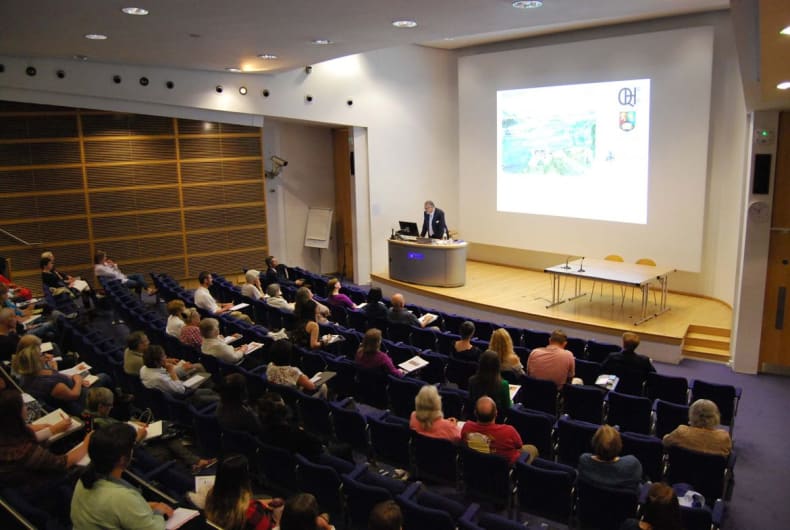
The event was kicked off by EES Director, Dr Cédric Gobeil – his first major event since taking on the role in October 2016. Dr Martin Bommas from the Qubbet el-Hawa Research Project (QHRP), a joint EES-University of Birmingham mission in Aswan, began proceedings with discussions of recent findings in the necropolis area and the well-publicised discoveries of the causeway of Sarenput I. As well as these remarkable findings, Martin also presented some other findings that he had made around Aswan during the course of his work there and looks forward to bringing further updates in EA and JEA. The findings by the QHRP are dramatically changing the way we think about the Old-Middle Kingdom necropolis on Aswan’s west bank and further investigations during 2017-18 will provide vital clues towards a chronological and spatial analysis of its development.
Dr Diane Johnson provided an insight into the unique collection of fossilised remains discovered at Qau el-Kebir by Guy Brunton and Flinders Petrie in 1924. Two to three tonnes of fossilised bones recovered from burial shaft 562 in cemetery 400 were described by Petrie as one of the most important discoveries he ever made. Considered to be evidence of a never before reported local Seth worship practise in the area, Diane has been funded by the EES to use a variety of techniques including scanning electron microscopy, x-ray CT imaging, mass spectrometry, and carbon dating to understand better the collection and its implications on religious practises at Qau el-Kebir.
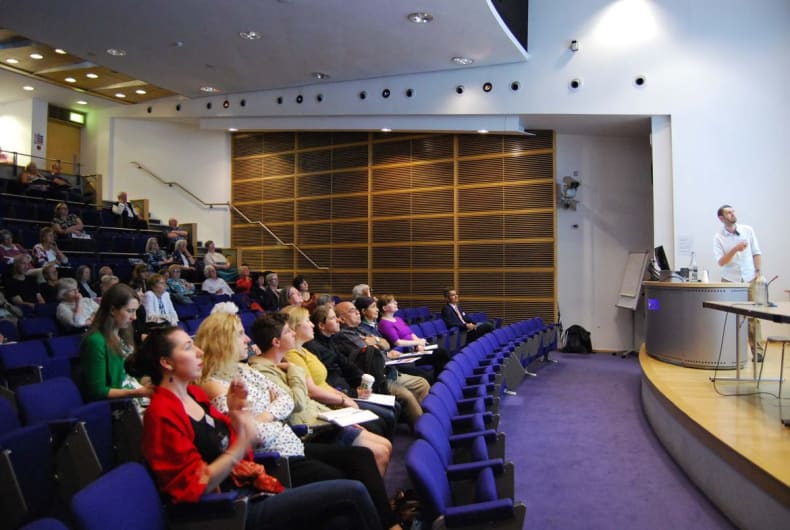
The Nile Delta has long been an area of interest for the Society and its Delta Survey. Benjamin Pennington provided an update on his work around the ancient site of Naukratis and its evolving fluvial landscape over time. In particular his focus was on the period c. 6000–2500 BC and the ways in which the landscape had influenced changing settlement patterns, subsistence strategies, and social developments culminating in the emergence of the ancient Egyptian state. Using over 1600 geological borehole records, radiocarbon, OSL and pottery dates Ben has formed a 4D model of the Delta to reveal the changing landscape and its implications for societies living there at the time.
The final lecture of the day was provided by Dr Hannah Pethen on behalf of the team investigating graffiti preserved at the quarries of Hatnub under the direction of Dr Roland Enmarch. Hannah has conducted her own research at the site and presented her findings using high resolution satellite imagery and Geographic Information System (GIS) software. Using a combination of ‘off-site’ survey and data from fieldwork and GIS analyses Hannah has been able to study the distribution, visibility, gradient and clustering of archaeological remains along the Hatnub quarry road, to understand how movement around the site was facilitated and controlled, how resources were transported after quarrying and what influenced the location of roads, shelters, cairns and guard-posts.
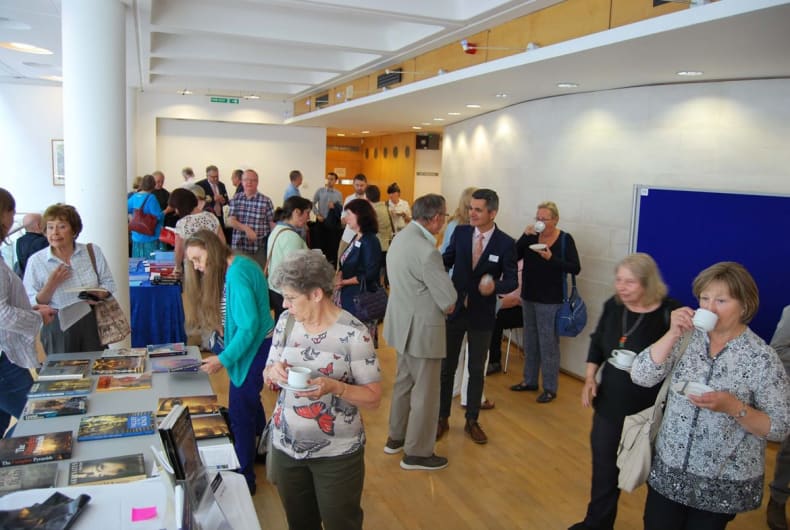
Dr Cédric Gobeil closed the event, reflecting on the continuing relevance of the EES in providing support to projects in Egypt and the wider discipline, not only through financing fieldwork but also by providing a broader infrastructure of publications and events in order to communicate the results of the work to wider audiences.
We very much look forward to what projects will be able to present at CBAE 2018 and hope that many of you can join us then.
The Society would like to thank all those that attended the event, and in particular the speakers. We are also very grateful to the volunteers that made the event a success, from running registration desks to photography and catering - thank you all!

